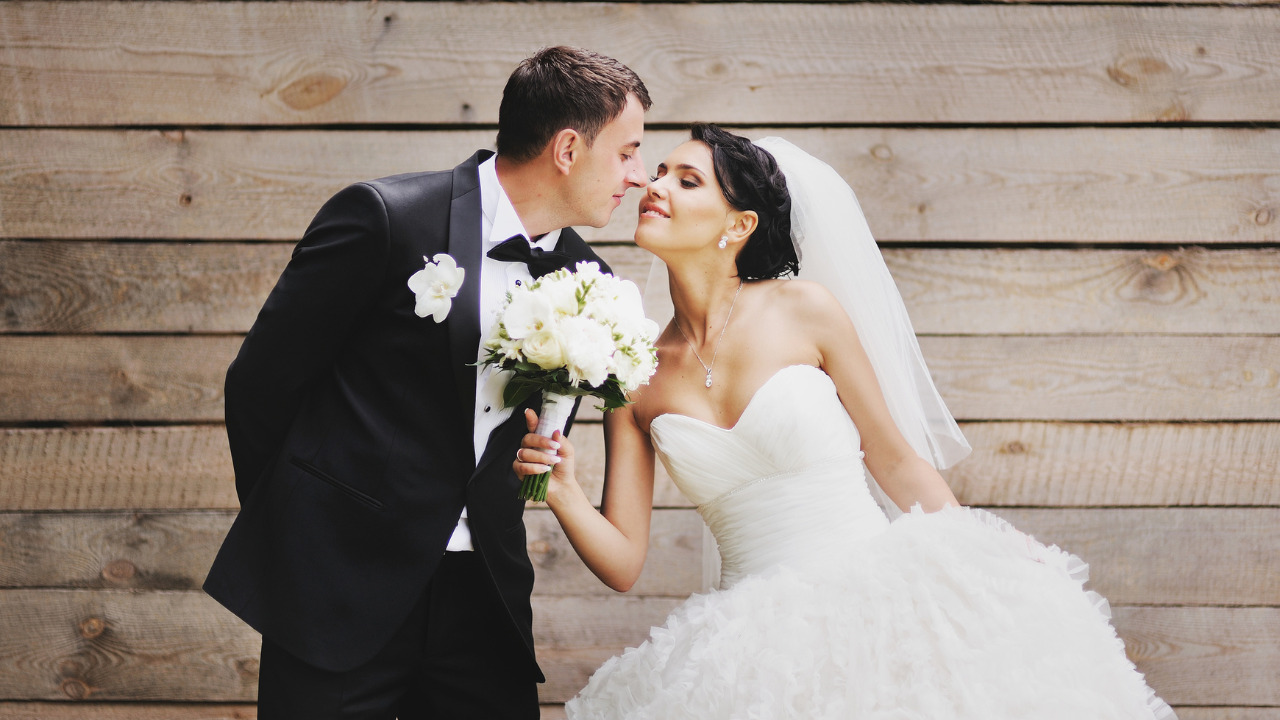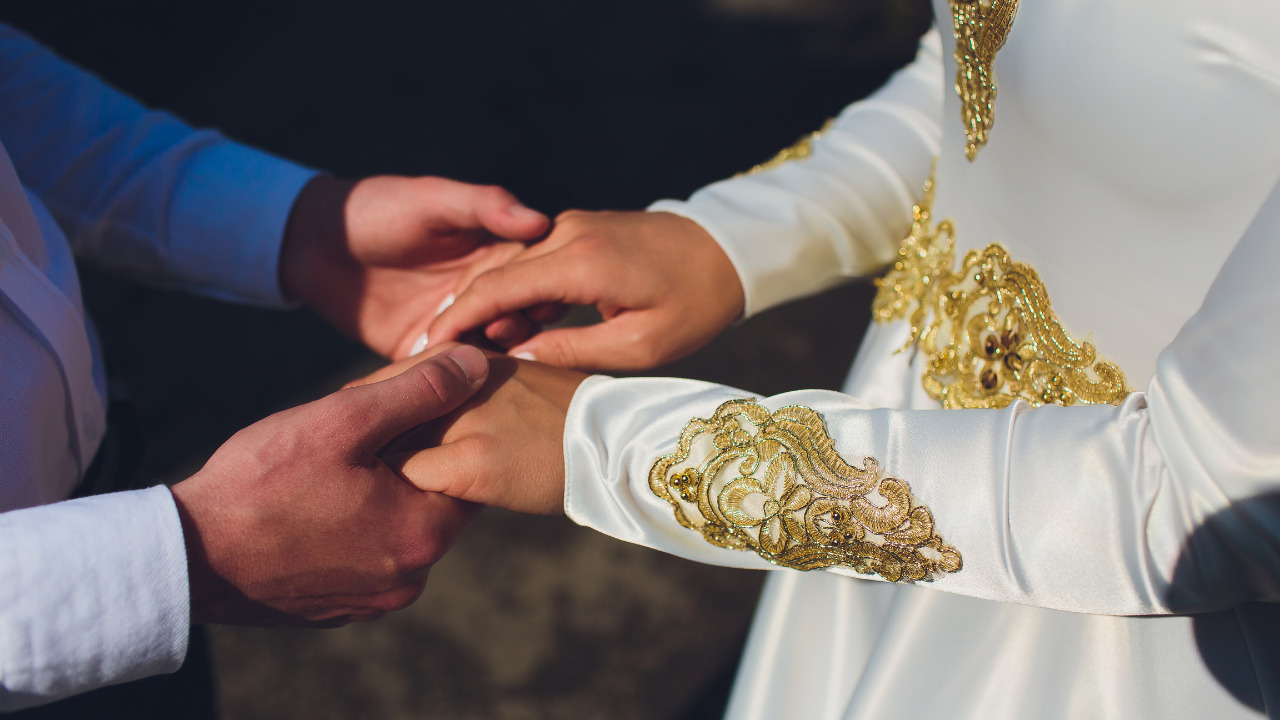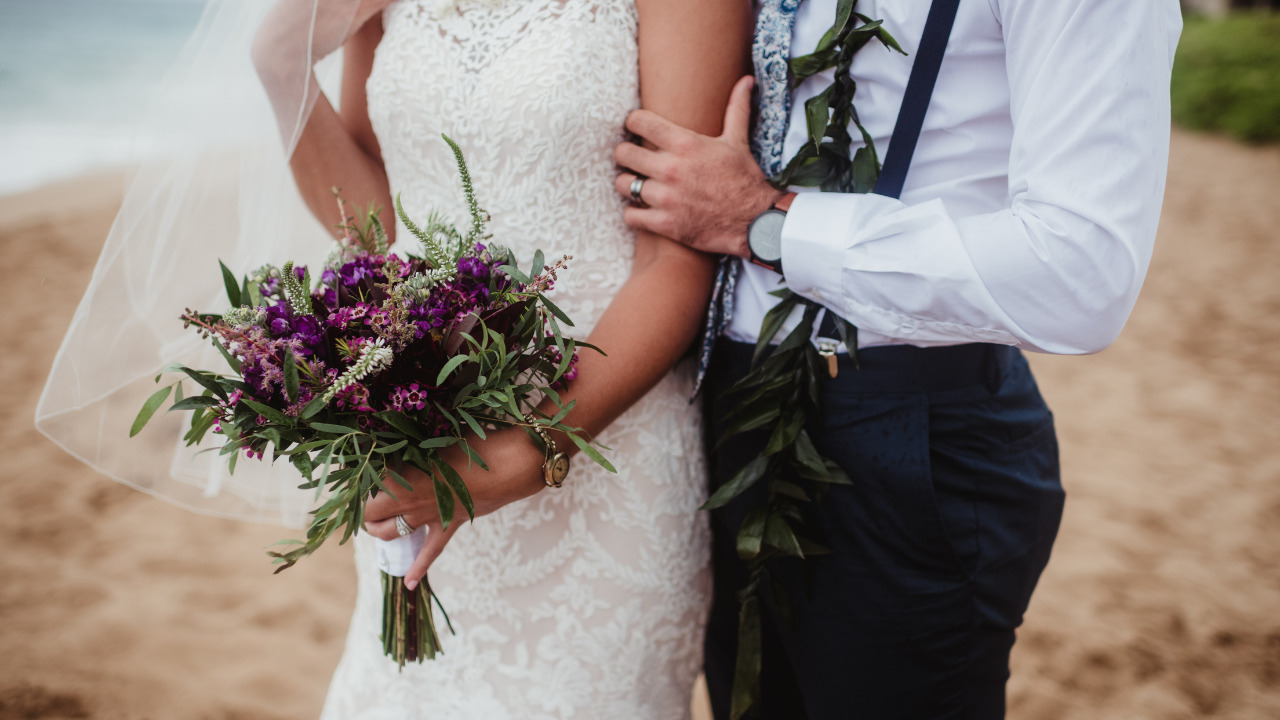Consider a Military Chapel or Academy Grounds
Many military weddings take place at military chapels or on academy grounds (Army, Navy, or Air Force). If you’d like to use another location, run it by your installation. Most military chapels are like other in-demand ceremony sites — you need to reserve them at least a year ahead of time, often by applying in writing to the chaplain’s office. All service academies have more than one chapel; at the Air Force Academy, for example, there are Protestant, Catholic, and Jewish chapels. To marry in a military chapel at a service academy, you must be a graduate or one of the following: a dependent of a graduate; an officer or enlisted person assigned to the academy complex, or his or her dependents; or a faculty or staff member, active or retired, or his or her dependents.
There will probably be no charge for the use of the chapel, but a donation to the chapel fund will be expected. Rules for decorating military chapels vary across the country, but all flowers, candelabra, and other decor are arranged by the Chapel Altar Guild and are the same for all weddings. Some chapels and churches do not furnish decorations; the couple plans them themselves.Military receptions at academies or bases are often held at officers’ or enlisted clubs on the installation, or you can have a traditional hotel or restaurant reception.
Research Available Officiants
If you marry in a military chapel, the chaplain will perform your ceremony, and when you reserve the chapel you’ll arrange a meeting. A few sessions of prewedding counseling may also be required. If you’d like your civilian clergyperson to co-officiate, talk to both officiants early about the possibility. Chaplains are commissioned officers and are paid by the service they represent; you do not need to pay them a fee (although you should make a donation to the chapel; see above). It’s customary to offer any assisting civilian clergyman an honorarium.
Seat Guests According to Rank
Special considerations must be made when arranging the seating at a military wedding. All high-ranking officials (lieutenant, colonel, and above) must be seated in positions of honor at both the ceremony and reception. Additionally, a special place should be reserved for the commanding officer of the bride and/or groom. If the couple’s parents aren’t present, it’s customary to seat their commanding officer(s) and spouses in the front pew. Following, military guests should also be seated according to rank.
Obey Traditional Military Attire
If the groom is a member of the military, he must wear his appropriate military dress uniform. Depending on his branch of service and whether or not he’s a commissioned officer, the groom may decide to wear a saber or cutlass, which must be accompanied by white gloves. The bride stands to his right at the altar (instead of to his left, as traditionally done in nonmilitary weddings) in order to avoid the blade. If the bride is in the service, she has her choice of wearing either her military dress uniform or a traditional wedding gown. Either way, she may hold a bridal bouquet.
A Spin on Tradition:
The Arch Of Sabers
The arch is a symbolic act that ensures the newlywed couple safe passage into their new life together, but it should only be performed for commissioned officers. As soon as the ceremony is over, the ushers line up on either side of the aisle to the chapel steps. At the head usher’s command — “Draw sabers (cutlasses)” — the ushers raise their blades, edge up, into the air, carefully forming an archway. If there are civilian ushers in the wedding party, they also line up and stand respectfully at attention while the arch is formed. The newlyweds pass under the archway, and at the command — “Return sabers (cutlasses)” — the ushers return their weapons to their sides. They then turn and escort the bridesmaids down the aisle. If weather permits, the arch may be formed outside the entrance to the ceremony site. Though specific commands and protocol may differ based on the military branch of the commissioned officer, the arch is a military wedding tradition highlight.
The arch is not mandatory, but it’s definitely a memorable part of a military ceremony. On most bases, at least one chapel or an honor guard usually has sabers available for wedding ceremonies (actual swords are used in a Naval wedding). Another possible source is the local ROTC unit.
Only commissioned officers are permitted to carry sabers or swords and participate in this ceremony. (The Marine Corps is the exception, with NCOs also authorized to carry them.) Often the military groomsmen participate, but other officers (guests, perhaps) may be designated to help create the arch. Usually 6-8 officers are included. The head usher usually issues the commands, starting with “Center face,” the signal to form two facing lines. When the order “Arch sabers” (or “Draw swords”) is given, each usher raises his saber, cutting edge up, to form the arch. Officers have been known to detour from tradition, announcing the couple (“Ladies and gentlemen, may I present Lieutenant and Mrs. Smith”) or lowering the final two sabers to block the couple’s way and demand that they kiss! A Marine Corps tradition, often adopted by the Air Force, is for the last saber bearer to “tap” the bride with his saber and say, “Welcome to the Air Force, Ma’am.”
Cutting the Cake
For commissioned officers, the military puts a unique spin on this tradition. On command, the saber or cutlass bearers enter the reception room in formation in front of the wedding cake, facing each other. The bride and groom pass beneath the sword/saber arch again, and approach the cake. The groom hands his new bride his unsheathed sword saber, and with his hands over hers, they cut the first piece of cake together.
The Receiving Line
In the receiving line, protocol demands the uniformed groom to precede his bride. Often, national colors and distinguishing flags are displayed, directly behind the center of the receiving line.



